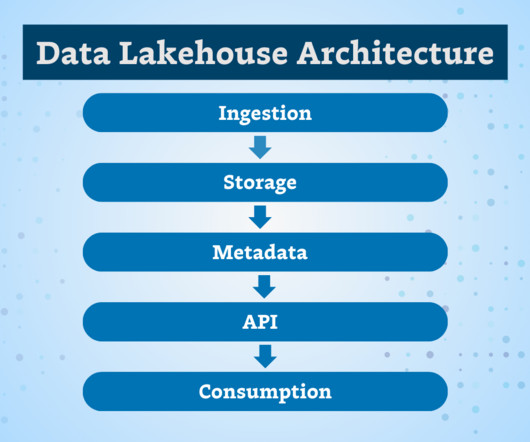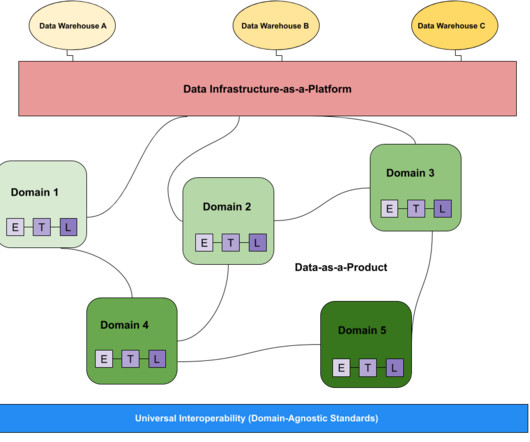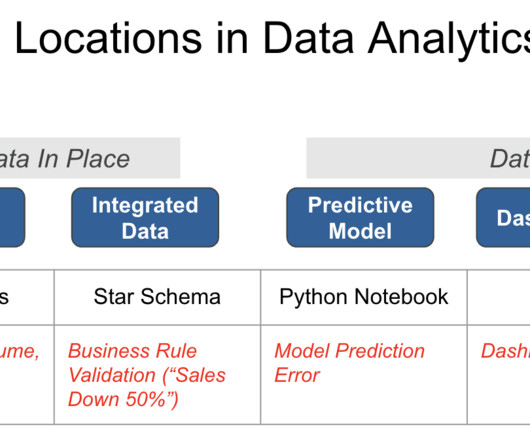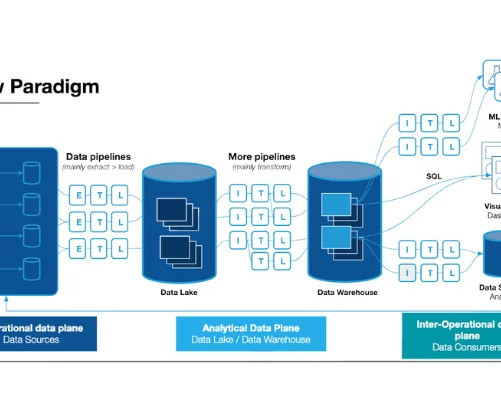5 Layers of Data Lakehouse Architecture Explained
Monte Carlo
JANUARY 5, 2024
You know what they always say: data lakehouse architecture is like an onion. …ok, Data lakehouse architecture combines the benefits of data warehouses and data lakes, bringing together the structure and performance of a data warehouse with the flexibility of a data lake. But they should!













Let's personalize your content